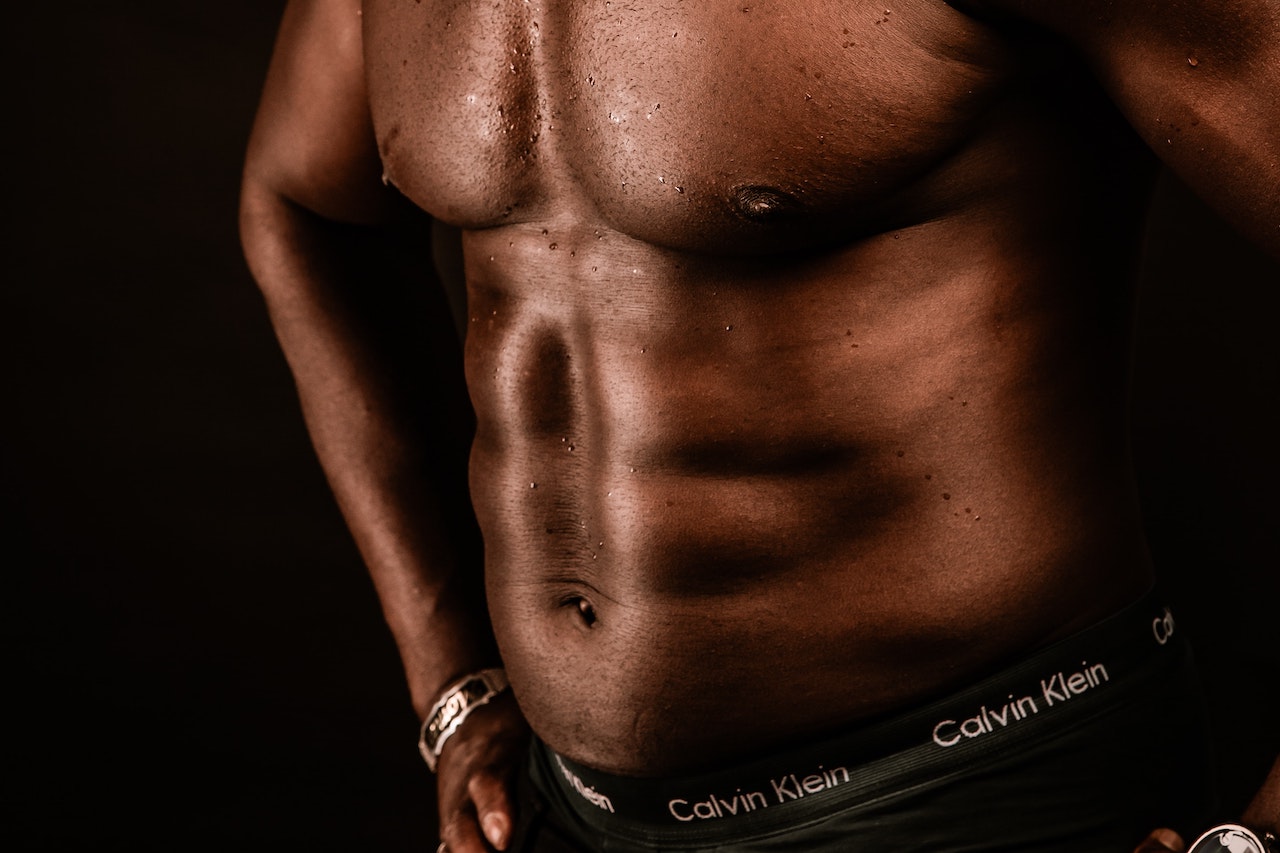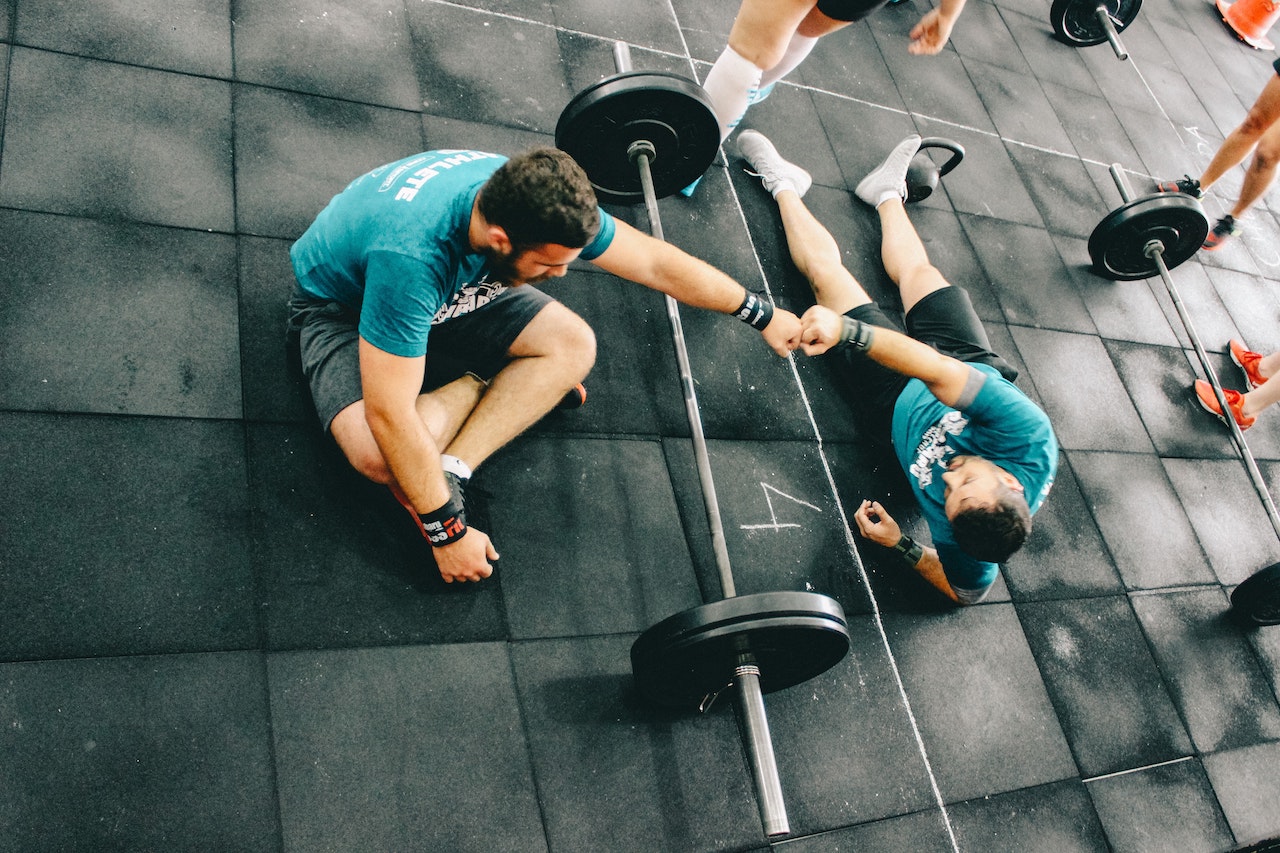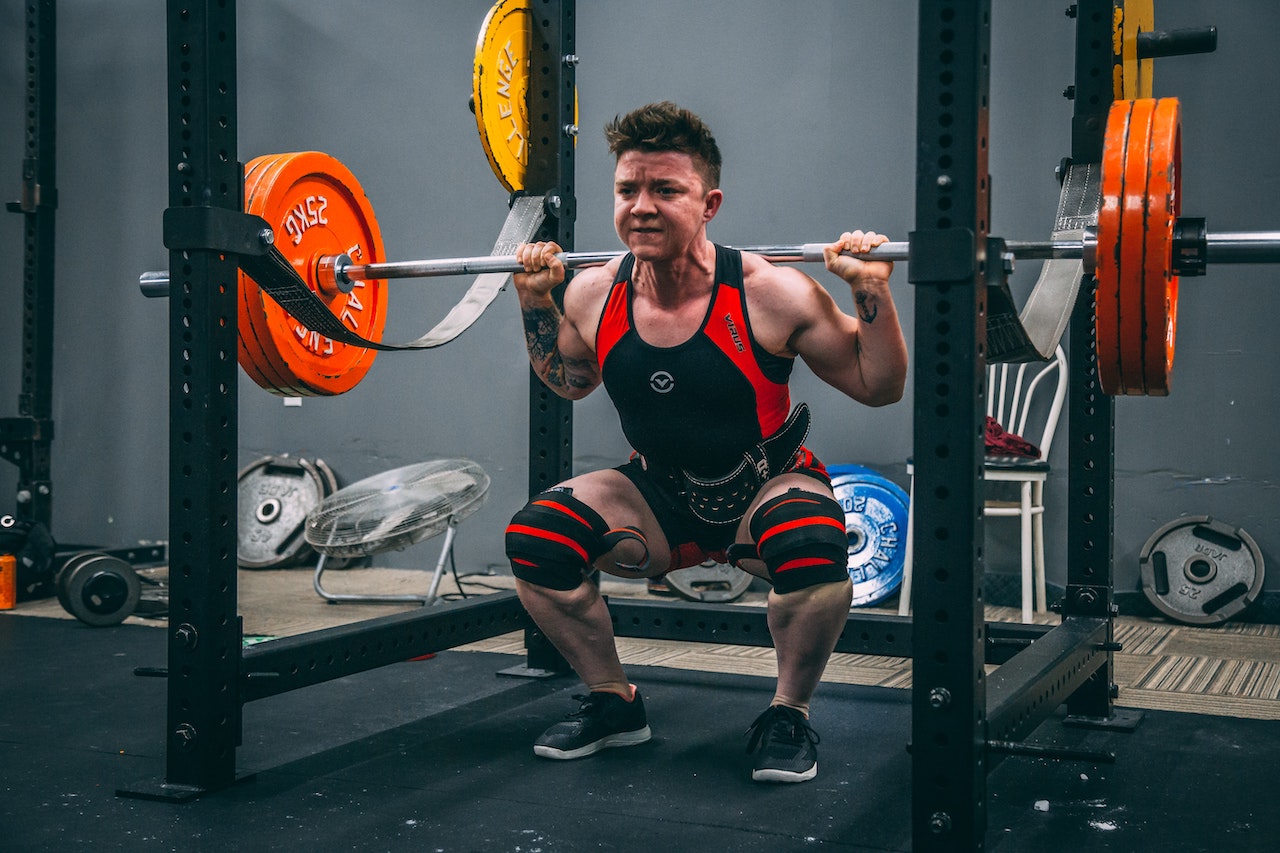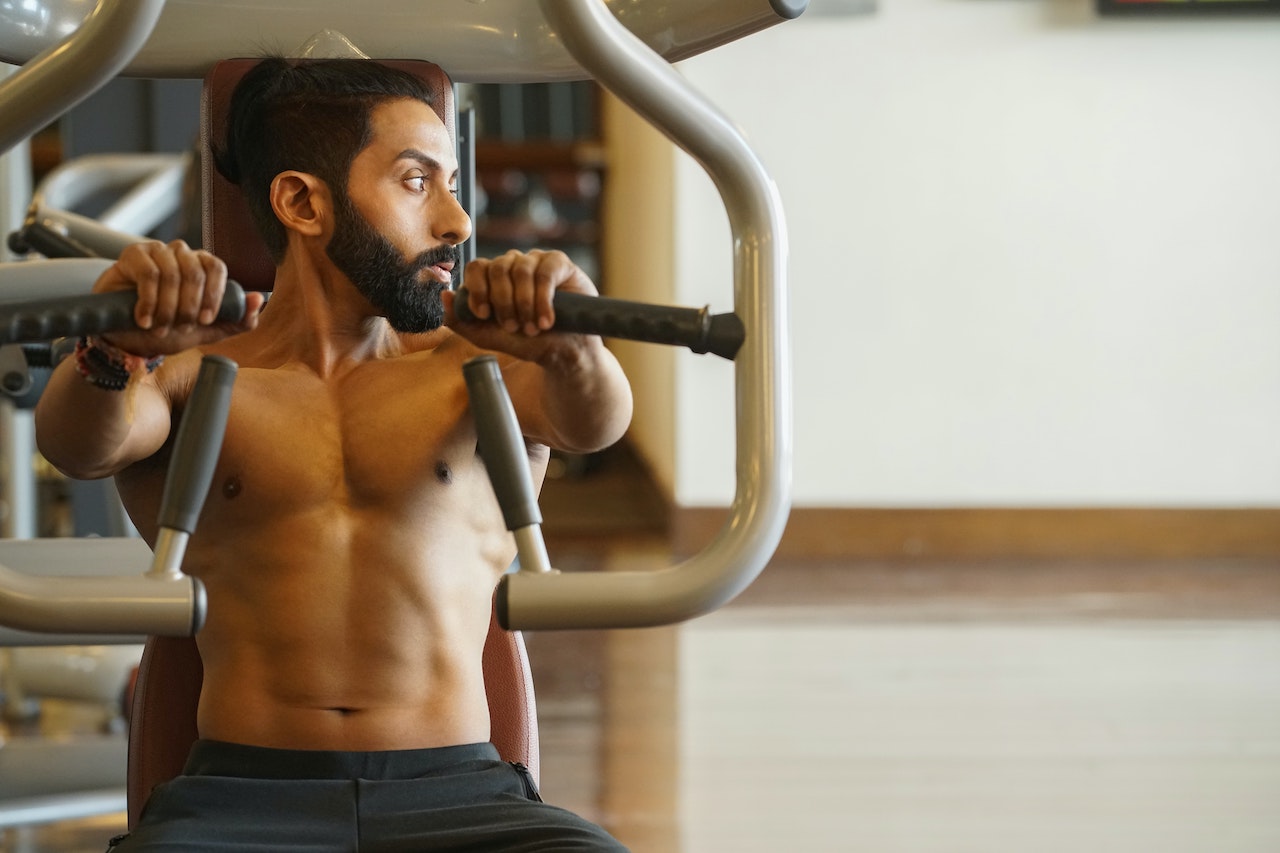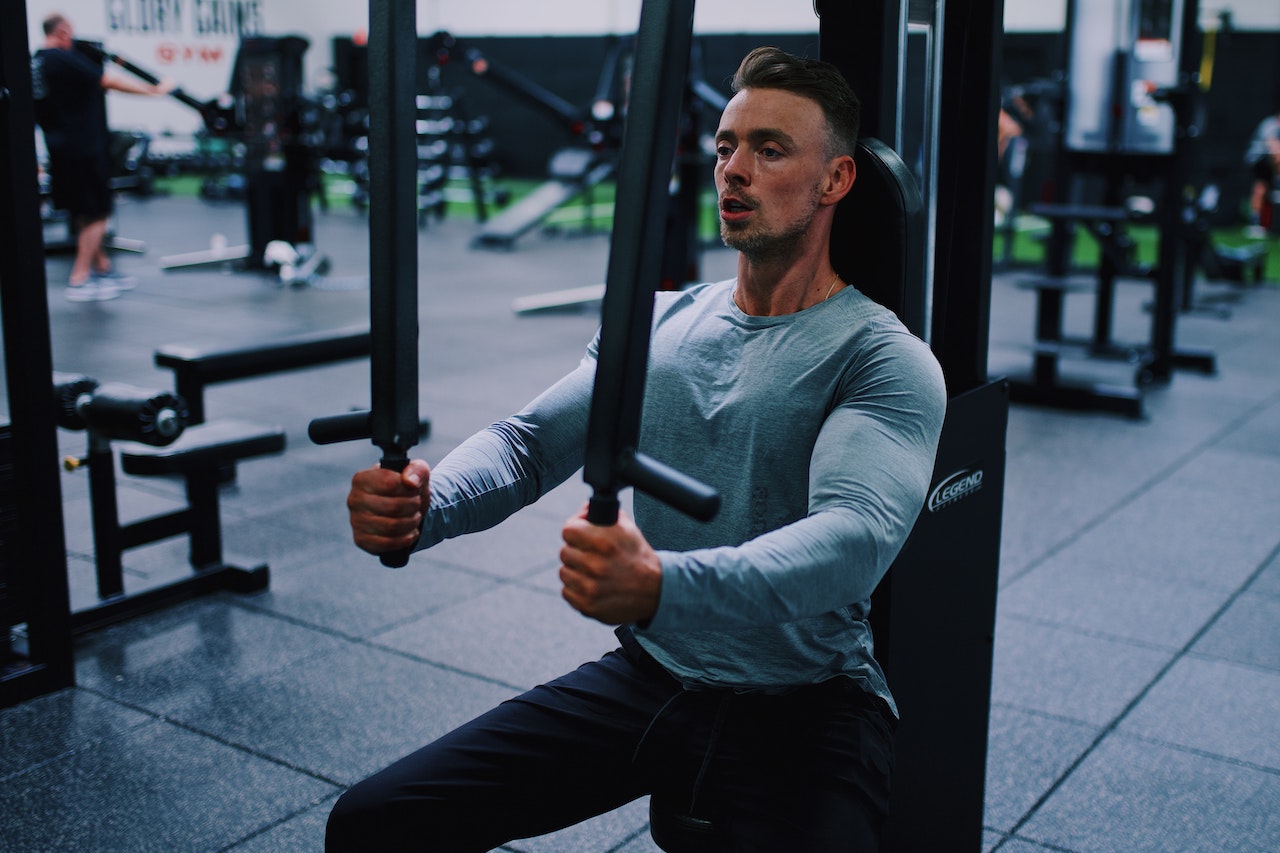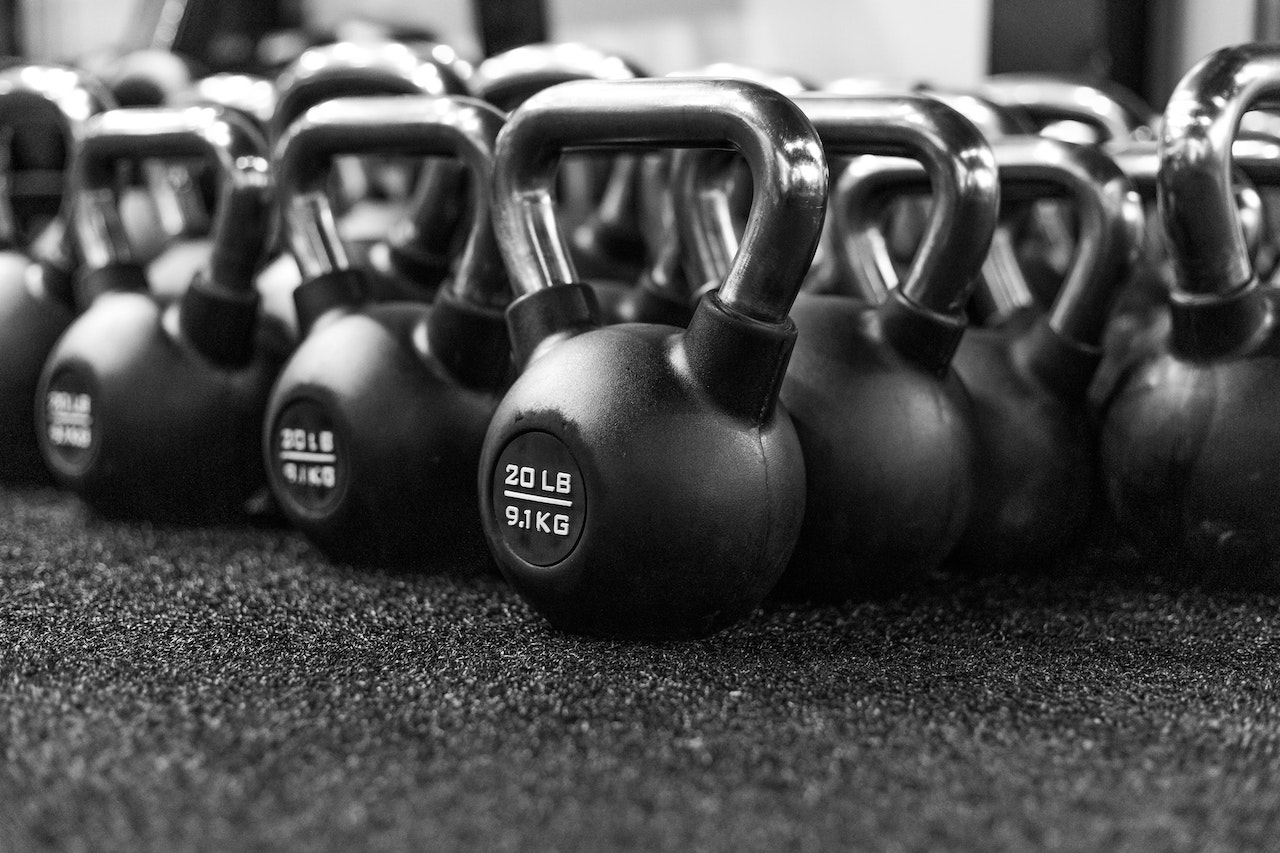little ones love to train their pecs, and you are always unsatisfied with the current state of affairs, with training goals constantly changing, so let's talk about the methods more thoroughly, with an effective training plan that completely transforms the pecs, not only making them bigger, but also getting the shape out and more contoured lines, starting, of course, with the details.

here are tips to help with pectoral training, these are tips that need to be taken into account and not copied. Let's start by understanding a few concepts.
Maintenance training volume.
In most cases, experienced enthusiasts complete at least 8 sets of chest training per week to maintain their muscles.
Minimum amount of effective training.
As intermediate and advanced enthusiasts, complete at least 10 sets of targeted chest training per week to make progress.

adapted maximum training volume.
An average of 12 to 20 sets per week feels best. Some guys will do more barbell movements at lower sets as there is a greater sense of achievement and pump with these movements.
Maximum recoverable training volume.
You may experience recovery problems with more than 22 sets of chest training per week. Of course there are some guys who can train more than this amount and can adapt. You can tell that you have exceeded this training volume when you notice that the intensity of the movements you do for compound pushing is decreasing.

three types of movements make up almost the entire chest workout: The horizontal bench press movement trains the entire chest; the upper incline bench press movement trains mainly the clavicle head (upper pectoralis) muscle fibres; and the isolation movement trains the pectoralis major without stimulating the triceps.
Horizontal bench press.
L flat barbell bench press with medium grip
l flat barbell press with a wide grip
l flat dumbbell bench press
l barbell bench press with narrow grip
l plank bench press
l supine dumbbell deadlift
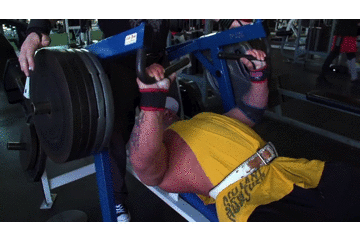
movements for the upper incline bench press.
L upward incline medium grip barbell bench press
l low angle upward inclined dumbbell bench press
l upward inclined dumbbell bench press
l upper incline narrow barbell bench press
l upper incline machine bench press
pectoral isolation movements.
L upward incline dumbbell flyes
l rope flyes
l high rope fly
l rope flyes
l supine rope fly
l butterfly machine chest clamps
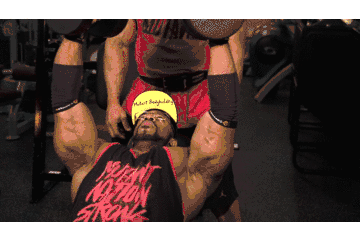
frequency: 1.5-3 times per week for chest exercises
due to the way the chest is stressed, already anatomically defined to be highly stretched, the pectoral muscles are quite stimulated by overload training and need time to recover.
Very few muscle groups can be trained more than 3 times in the course of a week, even among very strong athletes who may only train their pectorals once a week and then again at the end of the week, i.e. Triceps or shoulders training followed by a little lighter work.
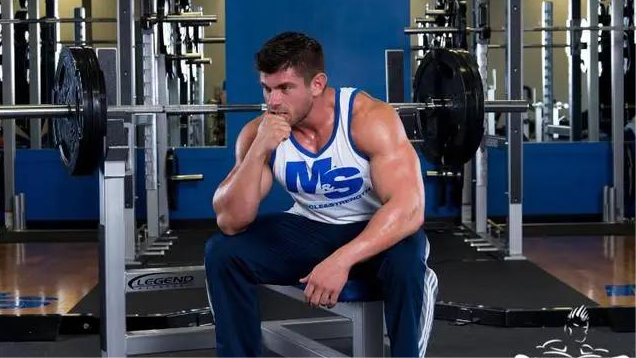
training intensity
overall, there should not be a single number of reps for each movement and the most effective range of reps is 8-12. More weight and more training volume is needed to stimulate the muscles and not put too much stress on the joints and risk of injury. Weights that are too light can provide a slight pumping sensation, but do not produce muscle growth as reliably as a medium weight.
Movement variation
the pectoralis muscle fibres are subject to a great deal of micro-injury and the pectoralis muscle is made up of two basic areas (the head of the clavicle and the head of the sternum) that require special attention when performing movements. Isolation movements, although not central to pectoral training, are a very effective part of it, maximising the development of the pectoral muscles.

so, when designing your pectoral training, ensure that your training program includes planks, upward inclines and isolation movements. Almost every week's workout should include these movements.
Range of motion
the pectoralis muscle stretches under the stress of weight bearing, and most of its micro-injuries and most of its growth stimuli come from the above movement patterns. Therefore, if you do not place as low as possible when training the pectoral muscles (barbell touching the chest, whereas with dumbbells you can place lower than the chest), you may miss out on stimulation of the pectoral muscles.
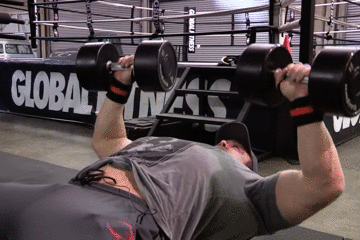
not performing a fuller range of motion in order to lift larger weights will only increase the load on the target shoulder and elbow joints, making them more prone to injury.
Special techniques
chest training can be combined with decreasing sets and giant sets, while pre-fatigue is also a better technique. Choose a movement for isolated chest training and use a weight that can be completed for 20 reps. Immediately after completing a set, switch to a pushing compound movement.

super sets can be: Rope flyes with wide grip dips, dumbbell flyes with dumbbell bench presses, or combined with other movements.
Formal training
as with the rest of the body, the first set should be done with medium weights and reps. Slowly increase the volume or do higher reps with lighter weights (close to 60% of the limit).
After that, use the high weight training method (70-85% of the limit weight) or reduce the training volume to re-sensitise the muscles and get more stimulation.
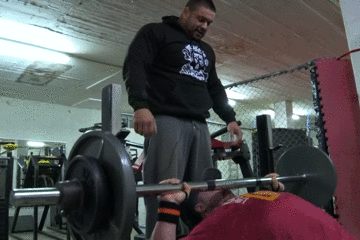
when designing a large circuit, the best training results are achieved by alternating plank and upper incline chest movements. For example, it is possible to train with the majority of the workout being done with the upper incline bench press (50% of the workout) and the remaining sets being done with chest isolation (25%) and planks (25%).
The upper pecs are likely to need to heal because the muscle fibres have been damaged. Let the next workout be done with 50% of the training volume done with plank movements and the remaining 50% with isolation and upper oblique movements.
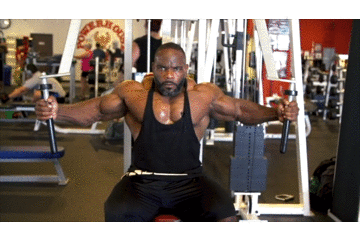
if the training focus is on the upper or lower chest, then train this area for two cycles and train less on the other angle and repeat.
Training arrangement
start with isolation movements to pre-fatigue the pectoral muscles so that the other muscles that are pushing are no longer the limiting factor in the movement and to exhaust the pectoral muscles.

then do a few sets (usually barbell) of compound movements with large weights. Once you have completed the large weight barbell movements, do the other isolation movements. Alternating between machines or dumbbells to exhaust the pectoral muscles.
Exercise movement number of sets number of reps
butterfly machine chest clamps 5 8-12
upper incline barbell bench press 4 8-12
upward incline dumbbell flyes 4 12-15
machine chest press 4 8-12
upper incline deadlift rope flyes 4 12-15
double bar arm curl 4 8-12

with all these methods in mind, take action and the results will be explosive. We look forward to your continued progress on the transformation path.

